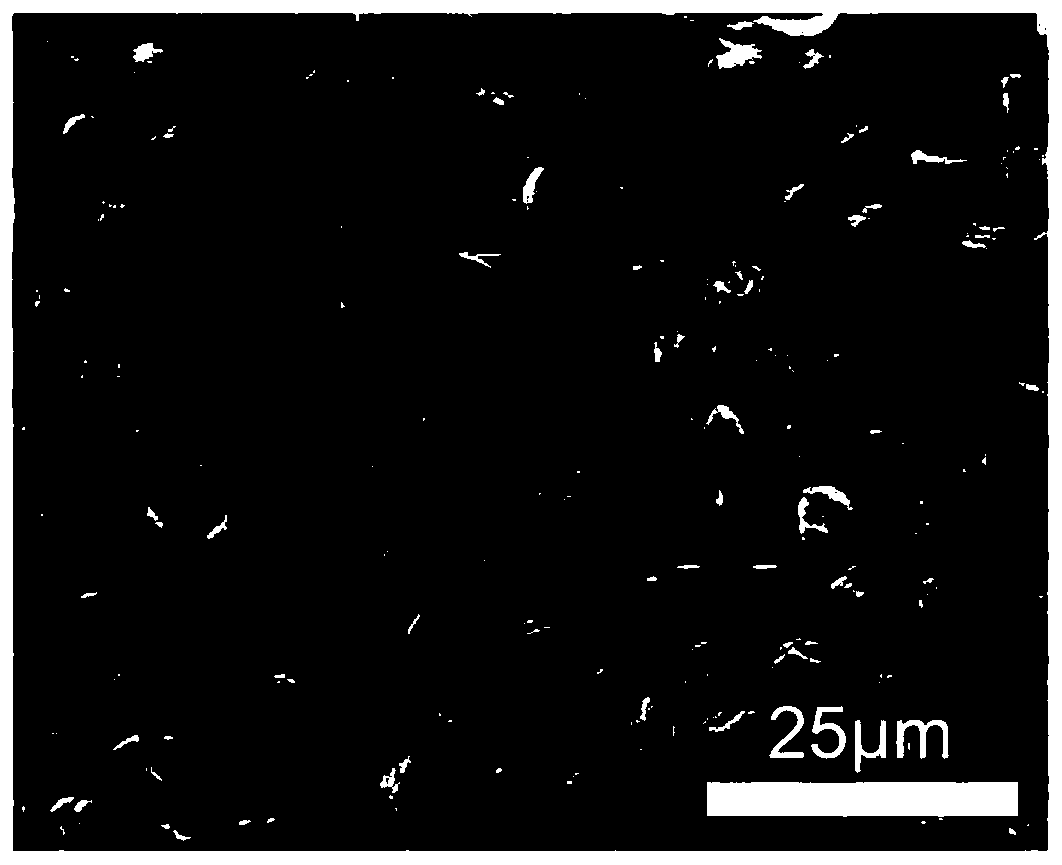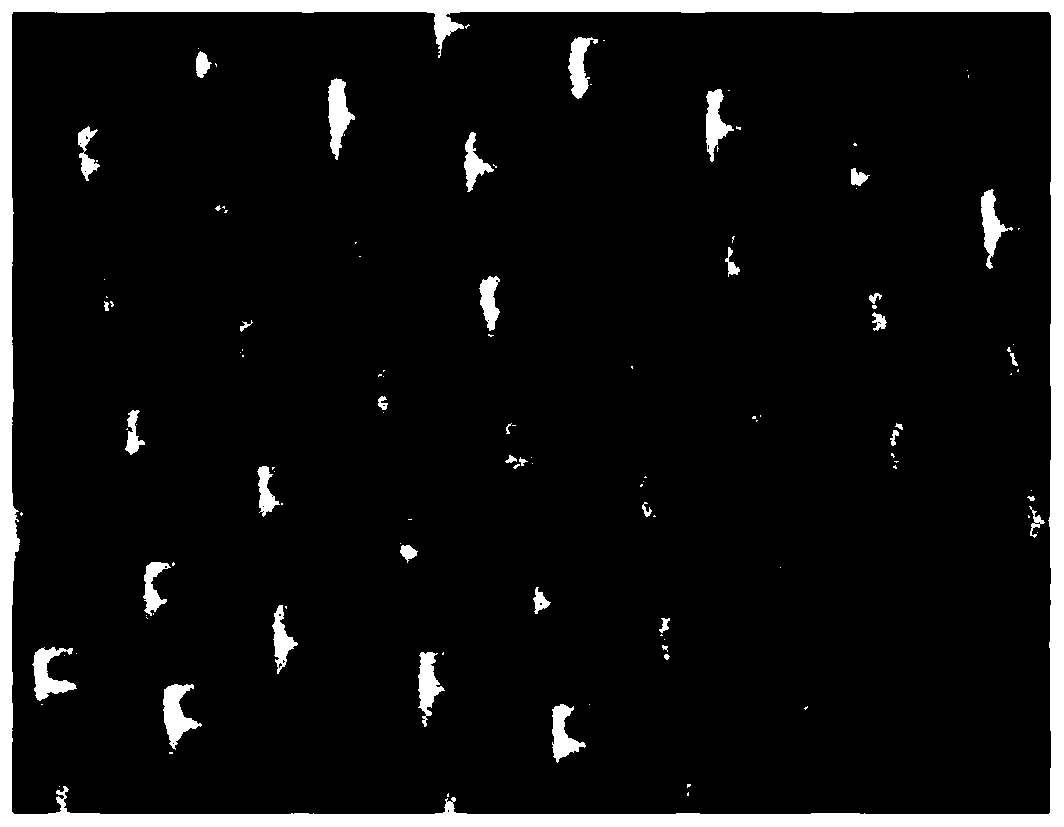Full-paper base micro-lens array
A micro-lens array and micro-lens technology, applied in the directions of lenses, optics, instruments, etc., can solve the problems of insoluble, no thermoplasticity of paper, unsuitable micro-structure array, etc., and achieve low cost, good solvent resistance and heat resistance. Effect
- Summary
- Abstract
- Description
- Claims
- Application Information
AI Technical Summary
Problems solved by technology
Method used
Image
Examples
Embodiment 1
[0021] Place the wet pure wood cellulose fiber paper on the closely arranged concave spherical microlens array template, then cover the paper with filter membrane and multi-layer filter paper in turn, apply a pressure of about 0.1-10MPa, and wait for 2 hours After the paper is completely dried and released from the mold, a densely arranged convex spherical microlens array can be obtained, the diameter of the structural unit is 500nm, and the period is 500nm.
Embodiment 2
[0023] Place the wet pure wood cellulose fiber paper on the non-tightly arranged concave spherical microlens array template, and then cover the paper with filter membrane and multi-layer filter paper in turn, apply a pressure of about 0.1-10MPa, after 2 hours After the paper is completely dry and demolded, a non-closely arranged convex spherical microlens array can be obtained, the diameter of the structural unit is 6.5 μm, and the period is 6.5 μm.
Embodiment 3
[0025] Place the wet pure wood cellulose fiber paper on the non-closely arranged convex spherical microlens array template, and then cover the paper with filter membrane and multi-layer filter paper in turn, apply a pressure of about 0.1-10MPa, and after 2 hours After the paper is completely dry and demolded, a non-closely arranged concave spherical microlens array can be obtained, the diameter of the structural unit is 50 μm, and the period is 40 μm.
[0026] Example 3:
[0027] Place the wet pure bamboo cellulose fiber paper on the tightly arranged convex free-form surface microlens array template, and then cover the paper with filter membrane and multi-layer filter paper in sequence, apply about 0.1-10MPa pressure, after 2 Wait until the paper is completely dry, and after demolding, a microlens array with a tightly arranged concave free-form surface can be obtained. The diameter of the structural unit is 500 μm, and the period is 500 μm.
PUM
| Property | Measurement | Unit |
|---|---|---|
| Diameter | aaaaa | aaaaa |
Abstract
Description
Claims
Application Information
 Login to View More
Login to View More - R&D
- Intellectual Property
- Life Sciences
- Materials
- Tech Scout
- Unparalleled Data Quality
- Higher Quality Content
- 60% Fewer Hallucinations
Browse by: Latest US Patents, China's latest patents, Technical Efficacy Thesaurus, Application Domain, Technology Topic, Popular Technical Reports.
© 2025 PatSnap. All rights reserved.Legal|Privacy policy|Modern Slavery Act Transparency Statement|Sitemap|About US| Contact US: help@patsnap.com



